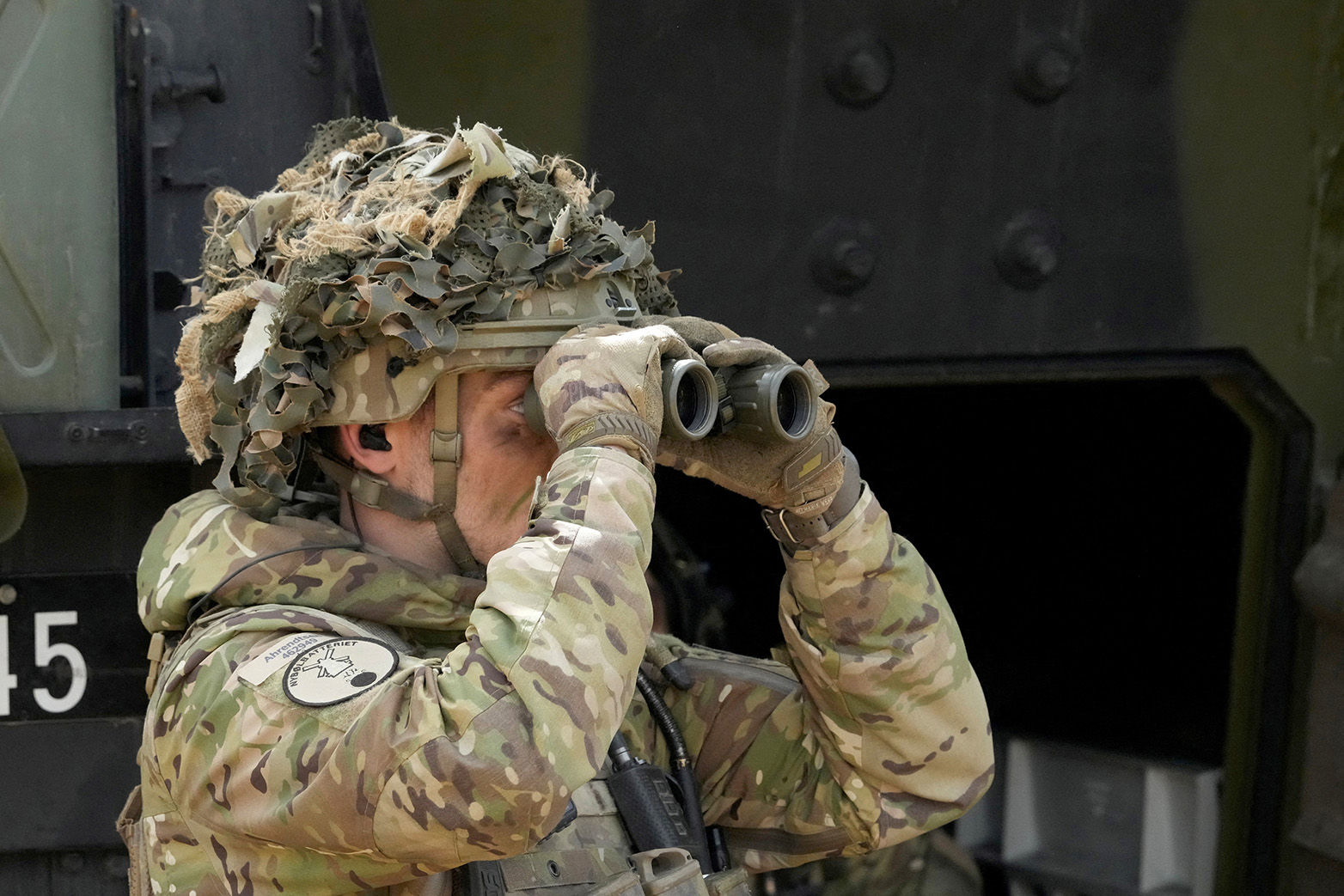NATO’s Adaptation to the Russia Threat
Russia’s invasion of Ukraine requires NATO to eliminate doubt about its ability and resolve to defend its eastern territory by outweighing its current personnel and equipment understrength. Sweden and Finland’s likely accessions add to this effort. NATO’s adaptation will depend on a bigger European responsibility and renewed public discussions about the importance of security and defense, argues Henrik Larsen in this CSS Analysis.

Russia crossed a post-Cold War Rubicon with its invasion of Ukraine. Collective defense is again becoming NATO’s unquestionable purpose after its more limited adaptation to the annexation of Crimea in 2014. Russia’s ambition does not seem to stop with the attempt to subdue Ukraine but extends to a revision of the European security architecture, which it never accepted because it did not accommodate its perceived great-power interests. Russia operates with a revisionist goal compared to the Soviet Union, which sought consolidation of the Cold-War European borders. Russia’s pre-invasion demand that NATO withdraw the forces that it stationed in its new allies after 1997 testifies to its ambition to re-establish a sphere of influence in Europe.